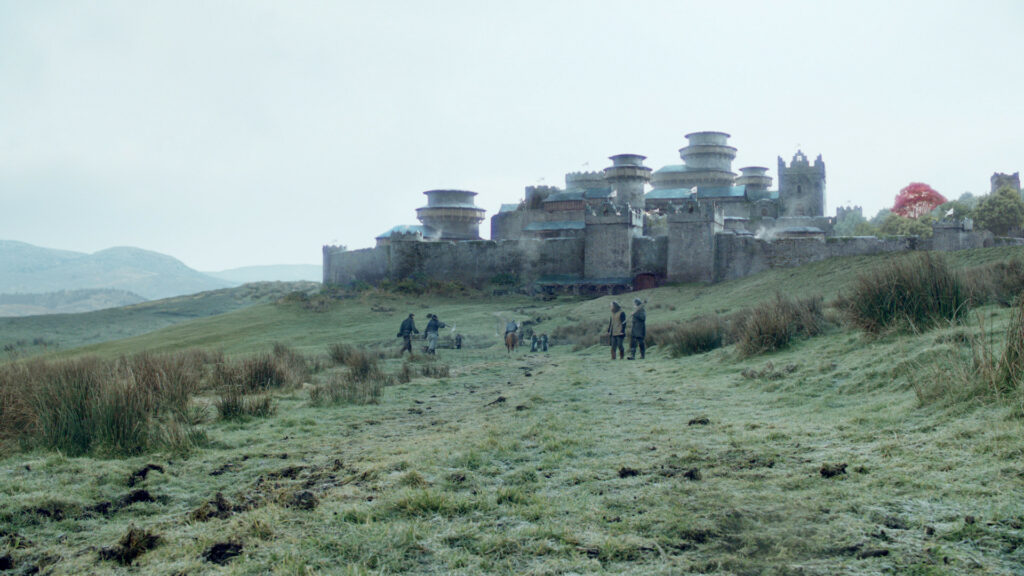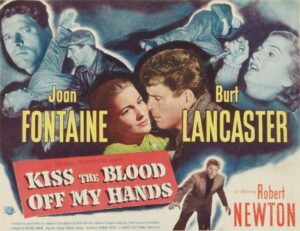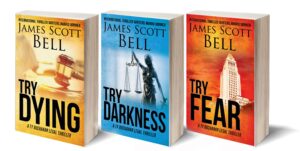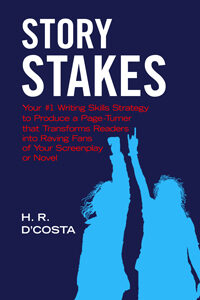I’ve done a lot of writing on the run these past few weeks. My tour for Total Mayhem has spun out over the past month or so, keeping me away from home and away from my desk. Yet my September 15 deadline hasn’t moved. I’ve been spewing words from hotels and restaurants, and from moving platforms like trains and airplanes.
I’ve always written a fair chunk of my first drafts long hand. Sometimes, the creativity flows better and the there’s the added plus of a built-in second draft when I transfer the handwritten text onto the computer.
Up until a couple of years ago, I did my home-based writing on a desktop computer, with a lightweight laptop reserved for travel. More recently, the desktop has been mothballed and all my computing needs are served by my Surface Book Pro. If I’m traveling any distance, it’s coming with me.
While it’s unlikely that my computer would be lost or stolen, I recognize the possibility, so I therefore store virtually no data on my hard drive. Instead, I’ve come to depend heavily on external storage. When I finish a writing session, I save the day’s work to a thumb drive that contains pretty much everything I have written in at least the past five years. Once that’s done, I save the same document to my Dropbox account, and then, finally, once a week or so, I save a copy to my hard drive. When I start a new session, I use the thumb drive copy as the primary document.
Before the days of cloud storage, I carried that thumb drive–or one of its predecessors–everywhere I went, always in my left front pocket. My theory was if the house burned and the took the hard drive with it, I wouldn’t lose too much of my writing.
Nowadays, that thumb drive stays with the computer. It only leaves the house if the laptop leaves the house. When it does go on the road, it has its own dedicated pouch in the the backpack that doubles as my briefcase. Routine. A place for everything, everything in its place.
Until it’s not.
This morning I awoke ahead of my alarm in the fabulous Brown Hotel in Louisville, KY, ready to be home again after five days of being away. I showered, dressed, packed my bag, and then as I was putting my backpack together, the thumb drive was gone. Clearly, I had misplaced it somehow, even though I never before have done so. I unpacked. I dumped the backpack. I re-searched the closet and dresser drawers. I searched the pockets of previously-worn pants. No luck. It was gone.
Here’s where my accident investigation training kicked in. It couldn’t, in fact, just be gone. Matter can neither be created nor destroyed, remember? That thumb drive was someplace, and I was confident that when I found it, I would remember that it was exactly where I had put it. So . . . where?
I’d left the backpack behind for yesterday’s tour event at Fort Knox, so I knew it could be neither somewhere on post nor in the car of the escort who drove me there. It had to be in the hotel. But where?
I checked my backpack for a third time. Nope, matter still had not been created.
Ah-hah! When I’d returned from Fort Knox, I’d taken my computer up to the “club room” to transcribe my handwritten manuscript pages. I must have left it there somehow. Breaking from routine, I’d decided not to bring the whole backpack with me into the club room, so that was how it had transitioned into my pocket.
Thing is, there was no way I would leave the thumb drive behind. Not after this many years of routine. Still, I had to track down the lead. No, the manager told me, no one had found a thumb drive. Of course, that didn’t mean someone hadn’t picked it up and kept it as their own. Or, maybe they’d turned it in down at the front desk.
Oh, yeah. The front desk. Tick-tock. I had a rental car to return and there was an airplane with my name on it. I needed to check out of the hotel and move on.
The lady at the front desk could not have been nicer. After giving me my receipt, she disappeared into the back office to check lost and found. Neither of us felt much hope. While she was gone, I looked out onto the lobby bar where I had dined last night, and as I did, I pulled my phone out to check if the flight was still on time.
I pulled the phone out of my pocket.
My left front pocket–the same one that once was dedicated to my thumb drive back when I carried it everywhere. My seat for dinner had been a nice one, next to a window with a pretty view of the street. I remembered that as I sat at the table, I’d pulled my phone out of my pocket and placed it on the window sill because I’d been expecting a call.
With a growing sense of hope, I walked over to last night’s seat and pulled out my chair. And there it was, a black-and-red plastic thumb drive hiding in the pattern of the plush black-and-red carpet. Just sitting there, waiting. It wasn’t where I’d put it, after all. It was where I’d dropped it when it piggy-backed out of my pocket with the phone.
My morning got a lot brighter.
So, TKZers, how do you save and backup your work? Ever lost a chunk of it?


 A few regular readers of TKZ requested tips to help research criminal cases from the past. If the crime occurred in the 18th or early 19th century, the task becomes much more difficult. My hope is that these tips will aid you in finding reliable information.
A few regular readers of TKZ requested tips to help research criminal cases from the past. If the crime occurred in the 18th or early 19th century, the task becomes much more difficult. My hope is that these tips will aid you in finding reliable information.






